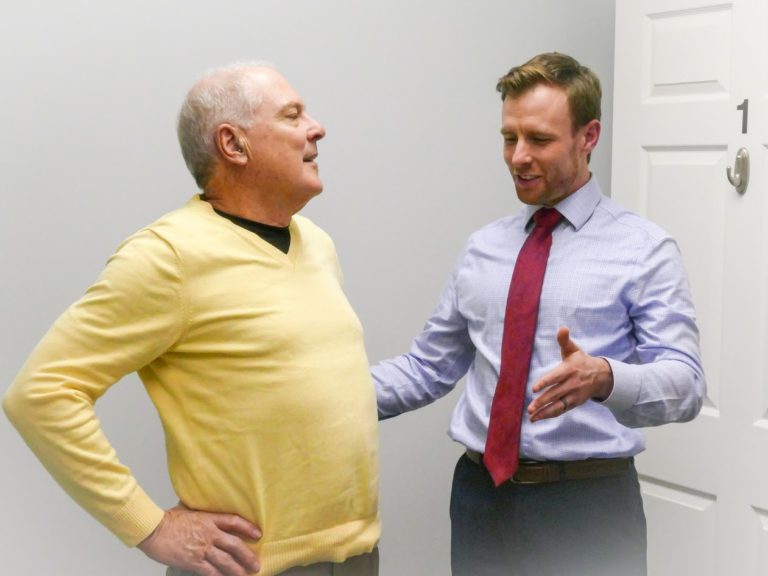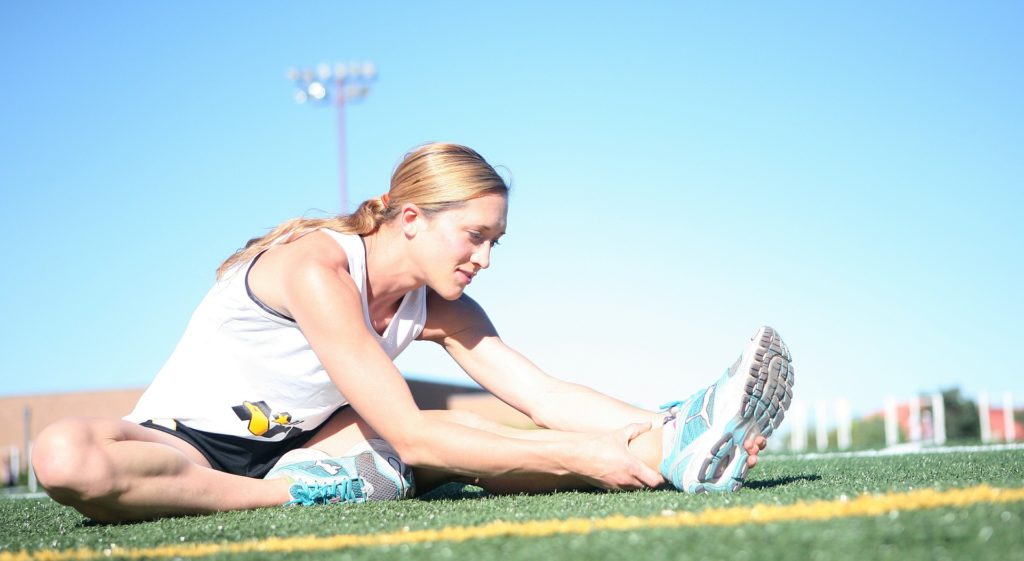Meet Your Fairfax Chiropractor
New School Rehabilitation
Previous approaches to musculoskeletal rehabilitation centered on strengthening weak muscles and stretching tight muscles. This “strengthen and lengthen” approach was intuitive but did not always produce successful outcomes.
Recovery from these treatments was often short lived. Patients would experience short term relief and then the problems would reappear. These patients seemed to have muscles that were, “always tight.” Physical therapy, massage or chiropractic treatments would help for a couple of days or weeks, but then the symptoms would return.
Why does the pain and tightness come back?
Every case is different but we find that these recurrent issues are often the result of incorrect muscle activation patterns. The pattern is how the muscle functions during specific movements. For example, during running certain muscles should be “on” while other muscles should be “off.” In someone with a faulty muscle activation pattern the wrong muscles are “on” or active during running. Every time this person runs, the result is pain and tightness. They may be able to alleviate the tightness temporarily through massage or stretching but as soon as they return to the activity, in this example running, the problem returns.
This scenario can occur with most human movements and activities. A person may have upper back and neck tightness that never seems to go away no matter what they do. The tightness can be triggered from a specific action (for example every time the person uses a computer mouse) or it can be a chronic faulty pattern that never resolves.
These faulty activation patterns usually happen slowly over time due to poor posture or alignment. They can also occur as the result of a traumatic event. The activation pattern is like a computer program that tells muscles how to behave. A glitch in the program equals a faulty pattern.


“Dr. Ward’s treatment for resetting my muscle activation patterns enabled me to pursue my passion for long-distance running without chronic pain. The science and dedication behind this technique is what worked for me—thanks Dr. Ward!”
Fixing Poor Muscle Activation Patterns
Glitches in computer programs can often be solved by resetting the computer. Fixing poor activation patterns in the body is also done by repetitively resetting the pattern. Our approach to rehabilitation is aimed at restoring proper patterns through informed progressions. The difference between our approach and more conventional ones is that our method focuses on the activation pattern rather than “weakness” or “tightness.”
Many muscular issues are not simply about muscle weakness or tightness. For example, a body builder may have shoulder pain with overhead lifting. This is not a problem with the body builder’s strength. The body builder is extremely strong. A conventional approach to this problem may be to have the body builder “strengthen” the rotator cuff through band exercises. The body builder may be able to do 100 repetitions of the exercise yet the problem remains. What’s going on here? Does the body builder have a weak rotator cuff? Of course not, his rotator cuff is 10xs as strong as a normal person.
The problem is that the rotator cuff is not activating or turning “on” with overhead movements. Instead a different muscle is activating and causing impingement and pain. Our specific rehabilitation approach and adjustments are designed to reset this faulty pattern.
While our approach does take time, it is often successful. Rare cases may require surgery or other more invasive treatment interventions. In fact, we have helped many patients avoid surgical procedures.
If you’ve tried other treatments that have failed, Dr. Ward would be happy to talk with you about our new school approach to rehabilitation. Schedule an appointment today.
